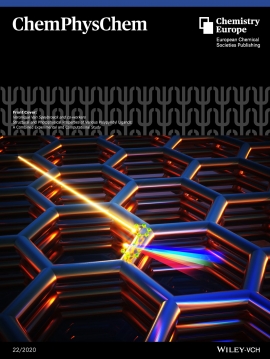A comparative study on the photophysical properties of anthocyanins and pyranoanthocyanins
Abstract
Anthocyanins and pyranoanthocyanins are flavonoids that are present in various food products (e.g. fruit, vegetables, wine, etc.). The large chemical diversity amongst these molecules leads to compound specific properties such as color and stability towards external conditions. These properties are also attractive for food and non‐food applications. The photophysical experimental characterization is not easy as this generally demands advanced analytical techniques along with optimized separation procedures. Molecular modeling can provide insights into the fundamental understanding of the photophysical properties of these compounds in a uniform way for a broad set of compounds. However, the current literature is quite fragmented on this topic. Herein, a large set of 140 naturally derived anthocyanins was evaluated in a systematic way with three functionals (B3LYP, PBE0 and CAM‐B3LYP). The accuracy of these functionals was determined with experimental literature λ max,vis ‐values. Next to λ max,vis ‐values, TD‐DFT calculations also provided oscillator strengths, molar absorption coefficients and orbital energies, which define whether specific natural anthocyanin‐based compounds can be deployed in food and non‐food applications such as food additives/colorants, textile dyeing, analytical standards and dye sensitized solar cells (DSSCs).

